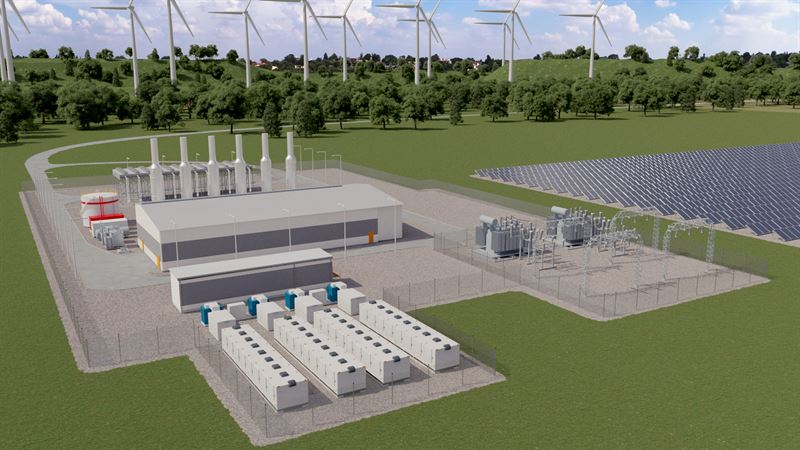Wärtsilä has announced the launch of its grid balancing technology that is capable of ramping up to 10+ MW in two minutes.
This technology aims to bring utilities closer to a 100 per cent renewable energy future at the lowest cost, a release from Wärtsilä said.
The launch comes as the company has highlighted a striking need to scale up flexibility worldwide, with G20 countries requiring 3,526 GW of flexible assets, in the form of energy storage and flexible gas technology, to enable their energy systems to run on 100% renewable electricity.
The capacity needed to balance the G20’s switch to grids powered by intermittent renewables must come from two key technologies: 2,594 GW of energy storage and 933 GW of flexible gas power capacity, capable of running on future fuels.
Future fuels can be produced during periods when renewables produce more electricity than is needed.
Renewables need flexibility
Sushil Purohit, President, Wärtsilä Energy, said: “Last month’s UN climate report gives a clear message for G20 leaders: to decarbonise at the lowest cost, high levels of renewable energy must be scaled up by 2030. What we have learned from modelling over 145 countries and regions in our Atlas of 100% Renewable Energy is that power systems with high levels of renewables need a significant amount of flexibility, through energy storage and gas balancing technology, to achieve the transition to 100% renewable energy future.”
First product in new portfolio
To meet the clear global need for grid flexibility, Wärtsilä’s grid balancing technology is part of a portfolio of products designed to cost effectively accelerate the energy transition. The portfolio consists of power plants, energy storage and energy management systems.
The first power plant solution in the portfolio is powered by the upgraded Wärtsilä 34SG balancer engine, optimised for renewable baseload markets; an agile, fast-starting gas engine capable of ramping up to 10.8 MW in two minutes to seamlessly integrate with renewables. The power plant solution is based on lean design, and it can be equipped with features such as unmanned standby, remote control capabilities, 24×7 data streaming and dynamic power management. Optimised performance and reliability is supported by Wärtsilä Lifecycle solutions. Wärtsilä’s power plant gas engines can currently run on natural gas, biogas, synthetic methane or hydrogen blends. The company is actively developing the combustion process to allow the burning of 100 per cent % hydrogen and other future fuels.



